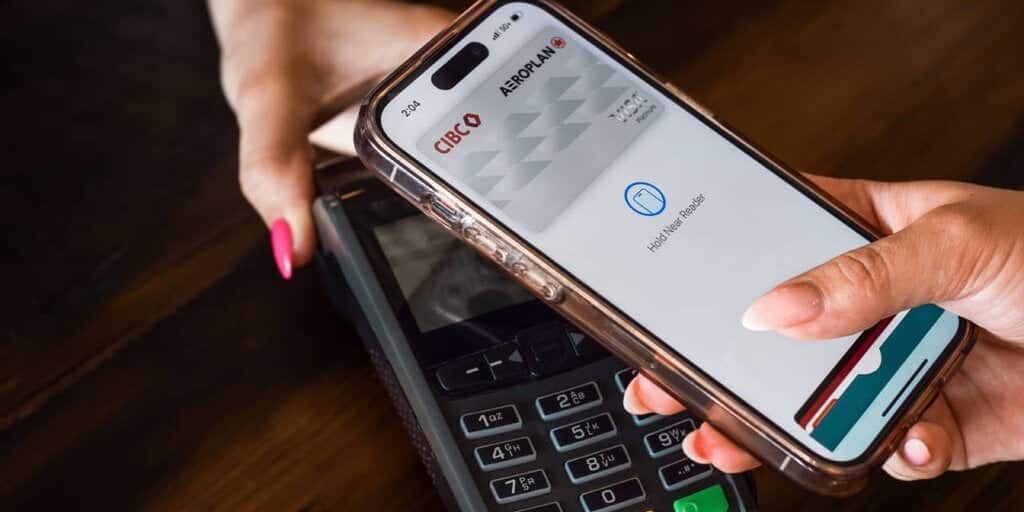In the swiftly advancing digital age, the intersection of mobile technology and financial transactions has become an intriguing frontier for innovation. Particularly, the integration of stablecoins, such as Circle’s USDC, with everyday mobile usage represents a leap forward in making digital currency transactions more accessible and straightforward. The recent announcement by a leading technology firm to open up its NFC (Near Field Communication) payment functionality to third-party developers heralds a significant shift towards broader acceptance and utilization of cryptocurrencies for everyday transactions. This move, particularly notable for iPhone users, paves the way for a new era of tap-to-pay transactions using digital currencies like USDC.
Apple Opens Up NFC Payments
The liberation of NFC payment functionality on iPhones by the tech giant is not just a new feature update—it’s a clear response to the mounting pressure from regulatory bodies and the demand for increased market competition. Until now, the exclusivity of NFC features to specific payment systems limited the potential for broader adoption of alternative payment methods, including those based in the crypto space. However, with the forthcoming iOS software update, developers will gain access to this crucial technology, opening up myriad possibilities for crypto wallet applications and, subsequently, for their users.
Despite the enthusiasm, it’s important to understand that access comes with its prerequisites. Developers eager to integrate NFC functionality into their apps must align with the technology firm’s commercial agreements, adhere to security and privacy standards, and meet certain industry regulations. These conditions ensure that the expansion of NFC payment capabilities does not compromise user safety or data privacy.
What Is USDC?
At the core of this technological leap is USDC, a stablecoin pegged to the U.S. dollar, providing a stable value reference for digital transactions. As the second-largest stablecoin by market cap, just trailing behind Tether’s USDT, USDC’s prominence in the crypto market is undisputed. With a strong backing and widespread acceptance across crypto exchanges and wallets, USDC has established itself as a reliable and scalable medium for digital finance. Its recent approval to be issued in Europe under the MiCA legislation adds another layer of credibility and opens up new avenues for its adoption in cross-border transactions and financial applications.
The entry of USDC into the tap-to-pay ecosystem via iPhones is poised to revolutionize the payment industry. By leveraging the security and ease of use of NFC technology, transactions can be made effortlessly with just a tap, blending the physical and digital finance worlds. Notably, the implementation of such technology extends beyond just fiat currency replacements, opening up possibilities for nft transactions, event ticketing, and other blockchain-based exchanges through mobile devices.
For wallet developers and payment processors, this development signifies a call to action. The readiness to adopt and integrate these technological advancements not only positions them at the forefront of the digital finance revolution but also enables them to offer enhanced services and experiences to their users. In anticipation of the widespread consumer adoption of these capabilities, preparations to upgrade systems and applications to support direct merchant payments with USDC and similar digital currencies should commence immediately.
In summary, the opening of NFC payment functionality by a major technology player symbolizes a significant step towards the mainstream integration of cryptocurrencies in everyday transactions. For consumers, the prospect of using stablecoins like USDC for secure, tap-to-pay transactions on their iPhones brings the digital currency ecosystem closer to universal acceptance and practical usability. As this technology rolls out, it’s poised to reshape how we think about money, payments, and the exchange of value in an increasingly digital world.
